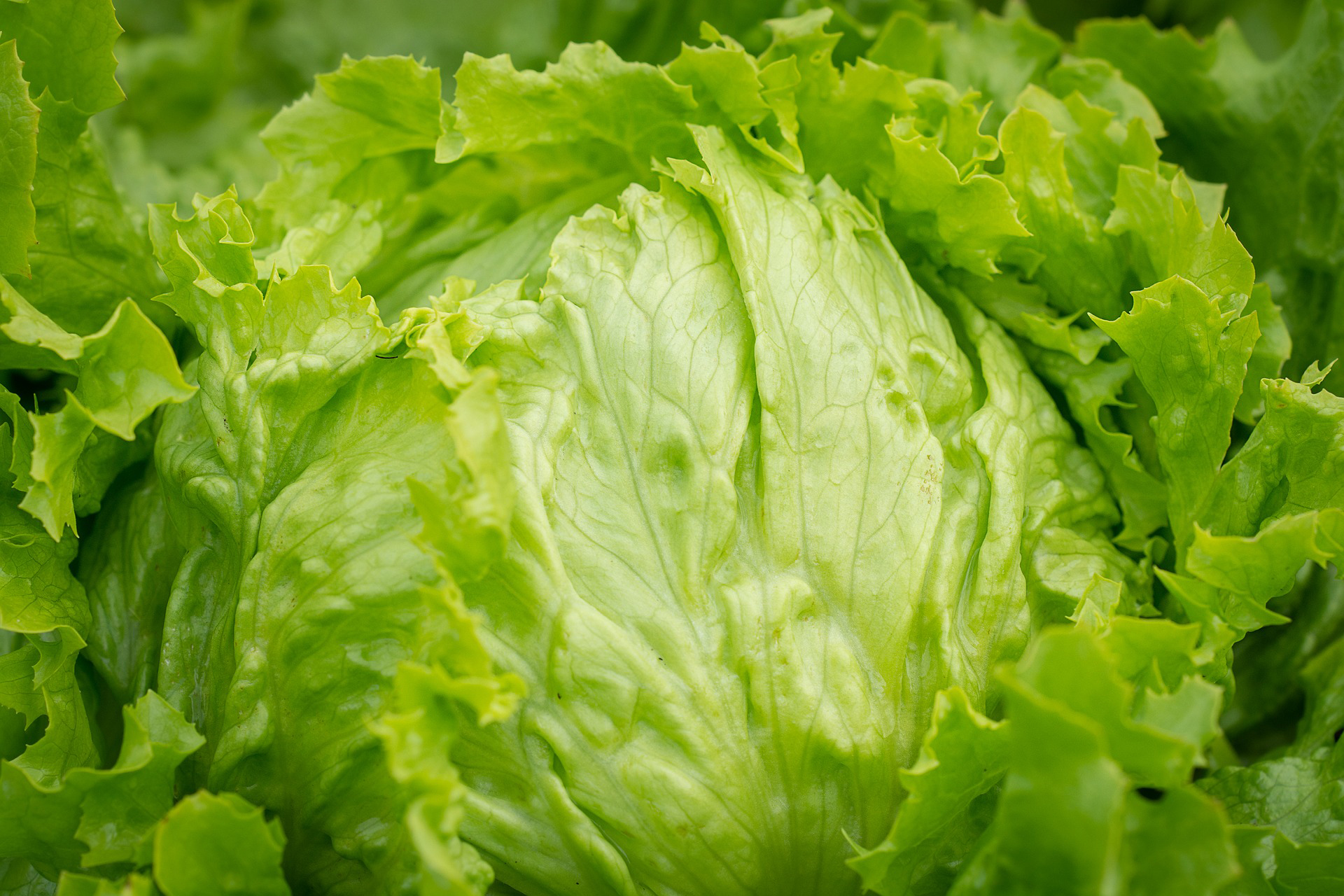BACON BITS
The Best of British BLTs – and Black Velvet
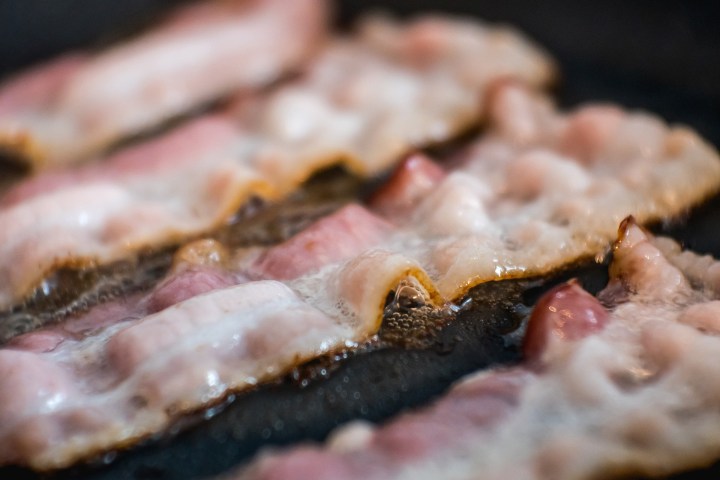
The making of an outstandingly good sandwich is not necessarily as simple as you might reckon it is. When was the last time you finished a sandwich and went weak at the knees?
It’s easy to fall into the trap of being dismissive about sandwiches. The sandwich has been tagged with the fast, pre-packed, junk-food label, where quick convenience trounces quality. A “culinary sandwich” sounds like a contradiction in terms.
Why is that? Could it be that highly acclaimed and widely respected books about food, its preparation and presentation are written by people who think sandwiches fall outside the classification of food? Imagine that the guidebook on our oceans’ fishes excluded dolphins and whales because they’re classed as mammals. When it comes to sandwiches, that type of exclusion is glaring in some of the world’s great cookery books.
The Concise Larousse Gastronomique (all 1,408 pages of it, plus 28 for the index) heralds itself as “The world’s greatest cookery encyclopedia”.
On my copy, it’s praised by Anthony Bourdain as “the absolutely indispensable bible of cooking”. No wonder. For recipes alone, it has something like 200 for sauces, 80 or so for salads and about 70 for spuds.
How many sandwich recipes are there in this hulking tome? Two. One for a basil sandwich (it’s way better than it sounds) and the other for a club sandwich.
My favourite cookbook – and by that I mean the one most often used – is Delia Smith’s Complete Cookery Course. Sandwiches? Not a one that I can find.
The 1956 edition of Constance Spry and Rachel Hume’s vastly comprehensive Constance Spry’s Cookery Book runs to 1,198 pages plus index and only manages to go one better than Delia. Its single sandwich recipe is for a “Triple-Decker”, a three buttered-slice stack-up with bacon, watercress, mushrooms, French mustard and optional cheese. Bit pedestrian…?
And yet all these hefty books have instructions – you couldn’t really call them recipes – on how to boil an egg. In comparison to the complexities of boiling eggs, making a few BLTs for your pals is like quantum physics with fractal knobs on.
Do not be daunted. For the brunch-cook who’s a tad worse for wear from The Night Before, the caring curative of a BLT is only slightly more elaborate in its making than a proper bacon sandwich – the subtle intricacies of which I’ll hopefully be exploring in a later edition of TGIFood.
So, for your delectation – and in keeping with the highest “how-to-boil-an-egg” traditions – here’s a recipe, yep, a recipe, with notes, nogal, for this classic culinary sandwich.
A bit about ingredients. The fried piggy-in-the-middle of your Morning After BLT will be joined by juicy slices of salt-and-pepper sprinkled tomato, crisply refreshing lettuce and a soothing slather of salving mayonnaise. For four brunchers you will need:
1 good-sized sourdough loaf (please, sourdough) with a fine, golden crust.
250 g top-notch, smoked rindless streaky bacon and the same amount of back bacon
250 g thinly sliced, ripe tomatoes
I crisp iceberg lettuce sliced into ribbons about 1 cm thick
125-ish grams good mayonnaise
Salt and black pepper plus, maybe, some lemon juice.
Before operations commence at the cutting board, frying pan, toaster and oven, let’s just run through a mission-briefing with some reasonings and instructions. You at the back there, please note the bits in italics.
The Mayonnaise
Should be as close to the real thing as you can find. (Hint: a 1958 print ad for Hellmann’s Mayonnaise shows it being used in the making of a BLT. And please, not the lite variety… That’s strictly for polishing the furniture.)
Let’s begin. Heat your oven to 50⁰C and put in a serving dish – this is for briefly keeping the cooked bacon and toast warm. If you’re cooking on an electric hob, turn on a ring to medium-high – so it’s ready-heated for frying the bacon.
Next up, prep the tomatoes, lettuce and sourdough.
The Tomatoes
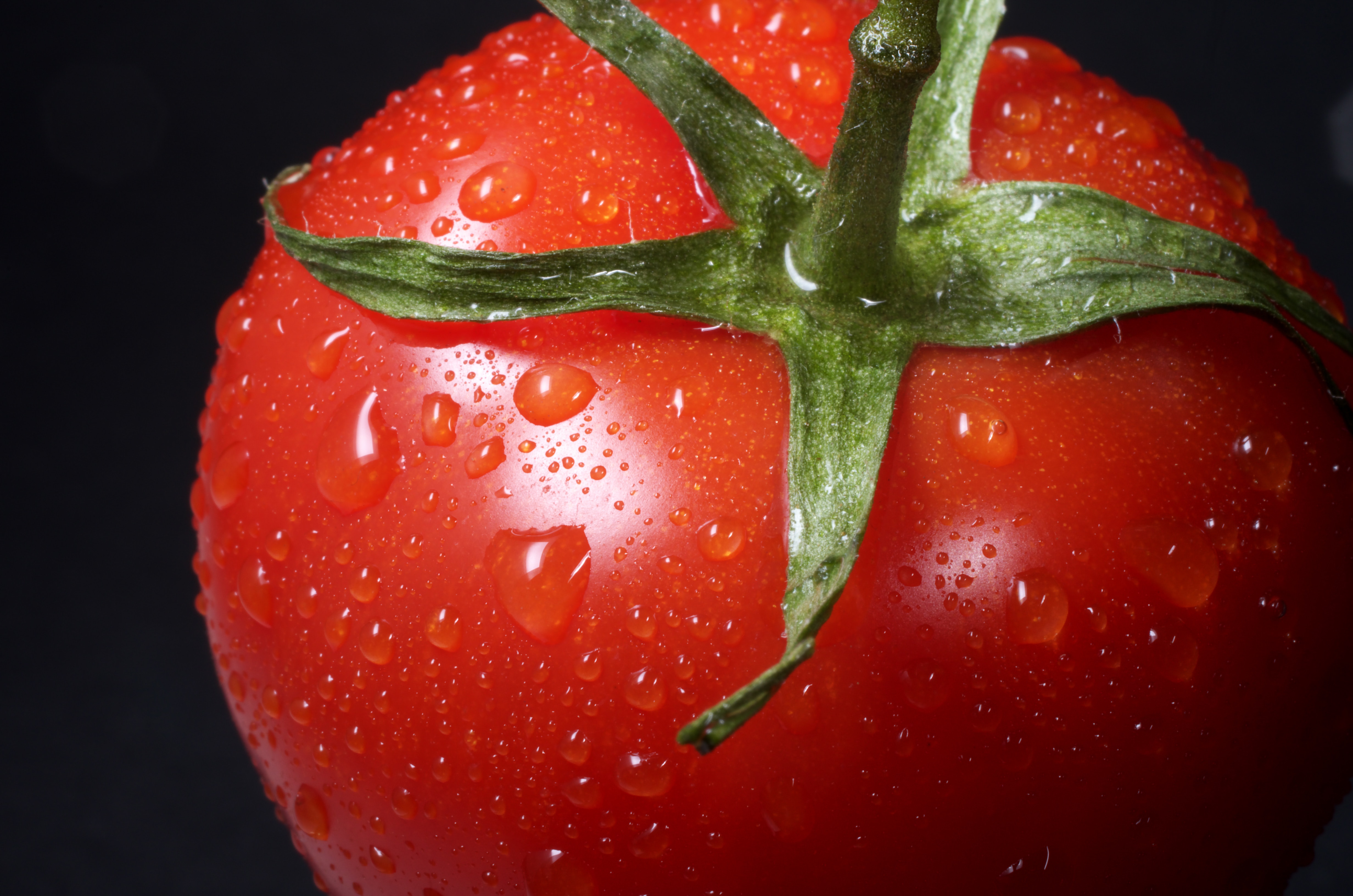
Photo by Immo Wegmann on Unsplash
Must never have seen the inside of a fridge. Chilling tomatoes kills their flavour. And that’s the very thing you want from a tomato. Use the fullest-flavoured, ripest ones you can find and slice them about 2mm thick.
The Iceberg lettuce
Iceberg perfectly fits the bill when cut into circular ribbons 0.75cm-ish thick so that it’ll get a good “grip” on the mayonnaise. Slicing it like that will also give you its full cross-section of flavours.
Iceberg lettuce? Flavours? For sure. By far the best salad-maker I know really rates Iceberg despite all the dumbly snobby criticism it attracts. If you’re still not convinced, there’s a great article here from The New Yorker magazine explaining why Iceberg is a superior lettuce. Here’s a snippet:
“For starters, it’s far from flavourless: focus your palate as you take a bite and notice a clean sweetness blooming beneath the watery crunch, deepening, in the pale ruffle of the inner leaves and stems, to a toasty bitterness, with whispers of caraway and coriander seeds.”
The Sourdough Bread
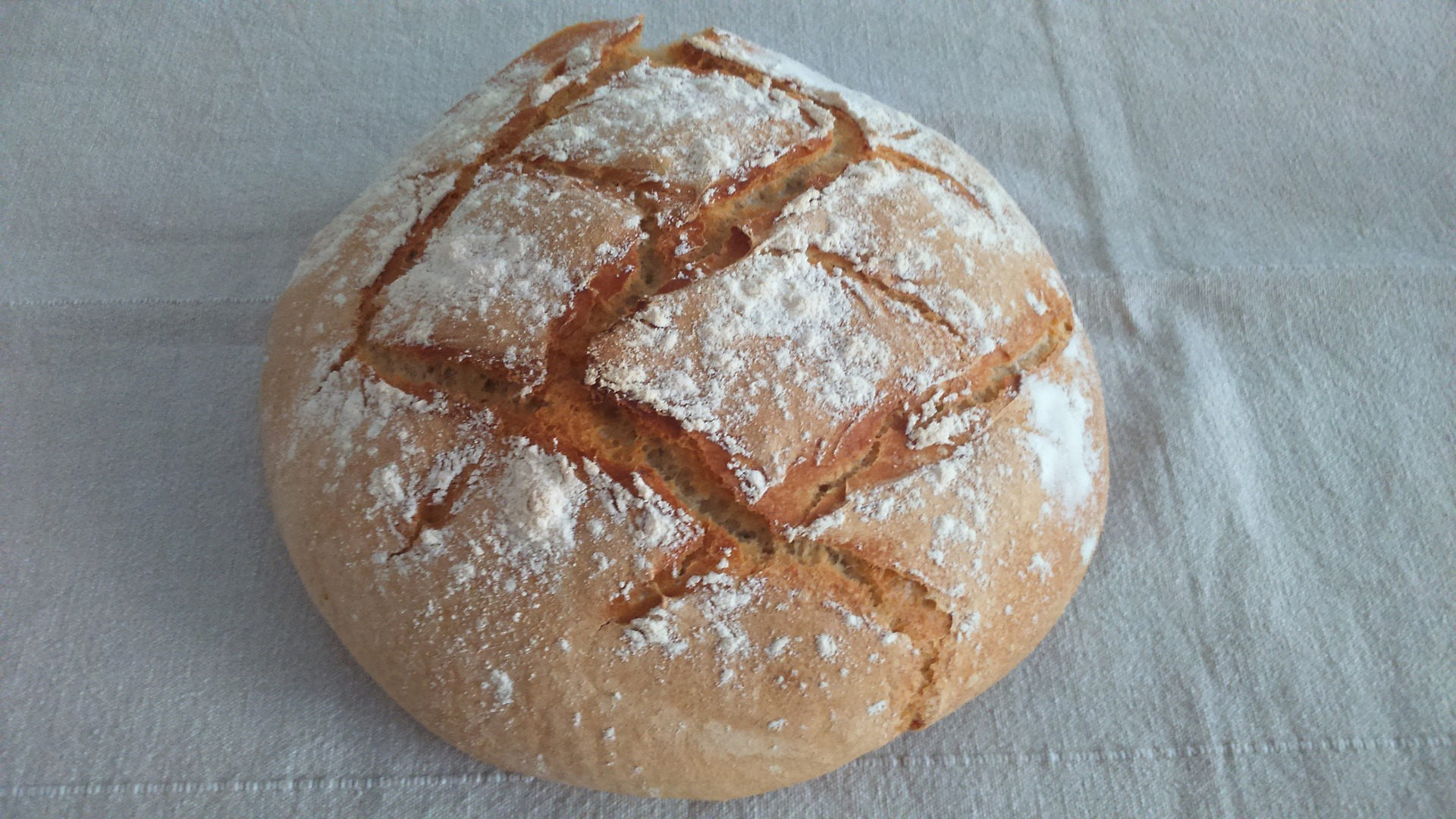
Image by Tania_delosbosques from Pixabay
Cut it into thick slabs that will just fit your toaster without getting enragingly jammed. It’s going to be lightly toasted, not buttered, and kept warm in the oven.
The Smoked Bacon
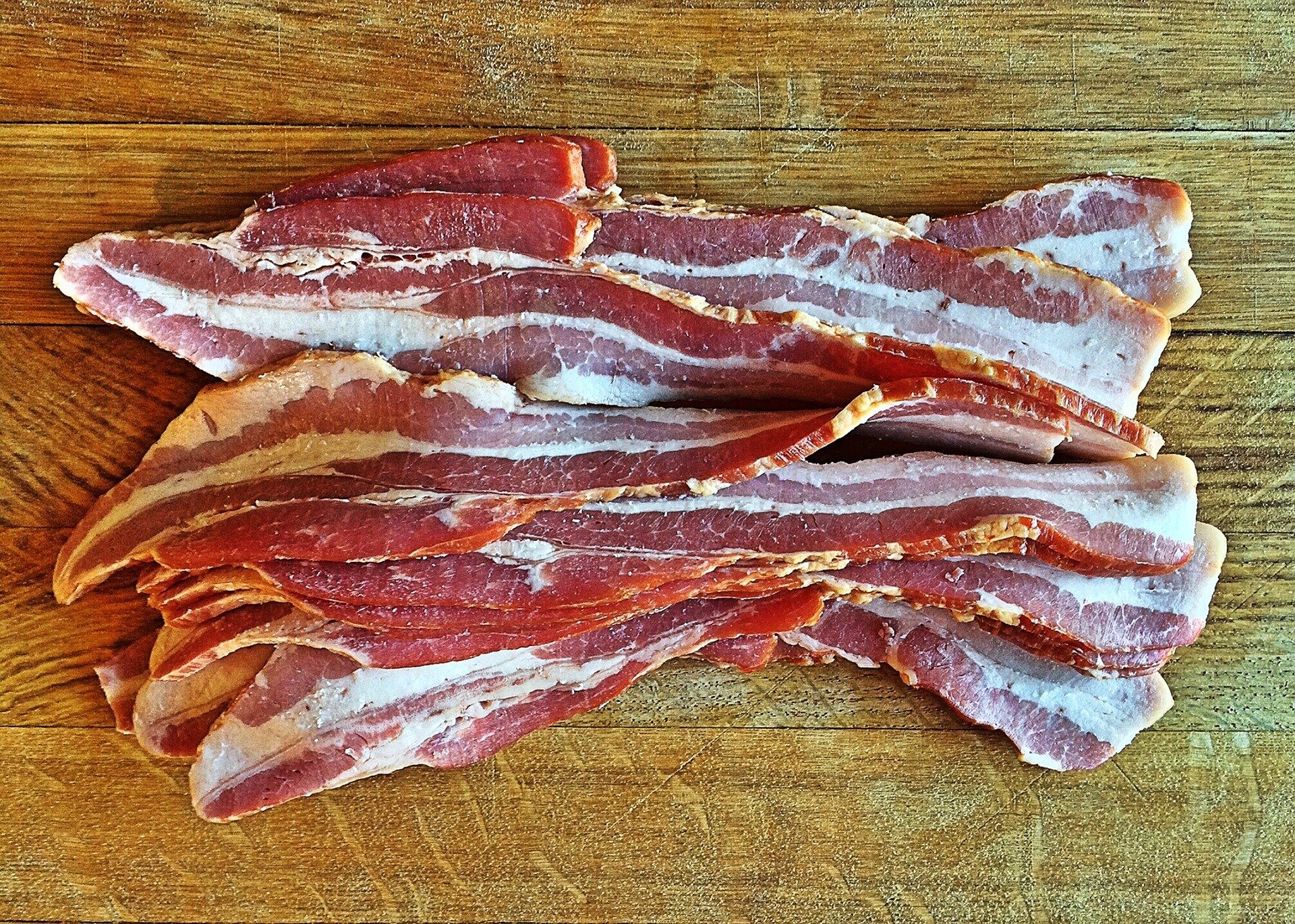
Image by Wokandapix from Pixabay
Rindless is best because it’s wise to avoid sharp, rind-removing knives if the intensity of the Morning After prevents you tackling a more complex salvation.
With its unmissable stripes of meat and fat, streaky bacon comes from pork belly. Bacon made from the much leaner pork loin is called back bacon. It has a meaty, oval-ish centre that typically tails off into a little tag of fatty streaky at the end.
Why are we using both? You need the glorious meatiness of back combined with the intensity of streaky’s delicious fat flavour. Four rashers of each please for one BLT.
As soon as the tomato, lettuce and bread prep’s done, get a big, non-stick frying on to that medium-high heat. No need for any oil. (Use two fry-pans if one’s not big enough.)
Lay in the streaky in orderly lines across the base of the pan and let it fry for about two minutes before turning each rasher. Once its fat starts melting out it will begin to crisp. As soon as it does, push it all to one side of the pan and lay the back bacon into the sizzling fat. Fry for about 90 seconds each side until it begins to colour but not crisp. Now lift all the bacon out with tongs and put it on your warm dish in the oven.
While the bacon’s frying, start the toast and keep finished slices in your warm oven.
Constructing layers of flavour in your classic BLT
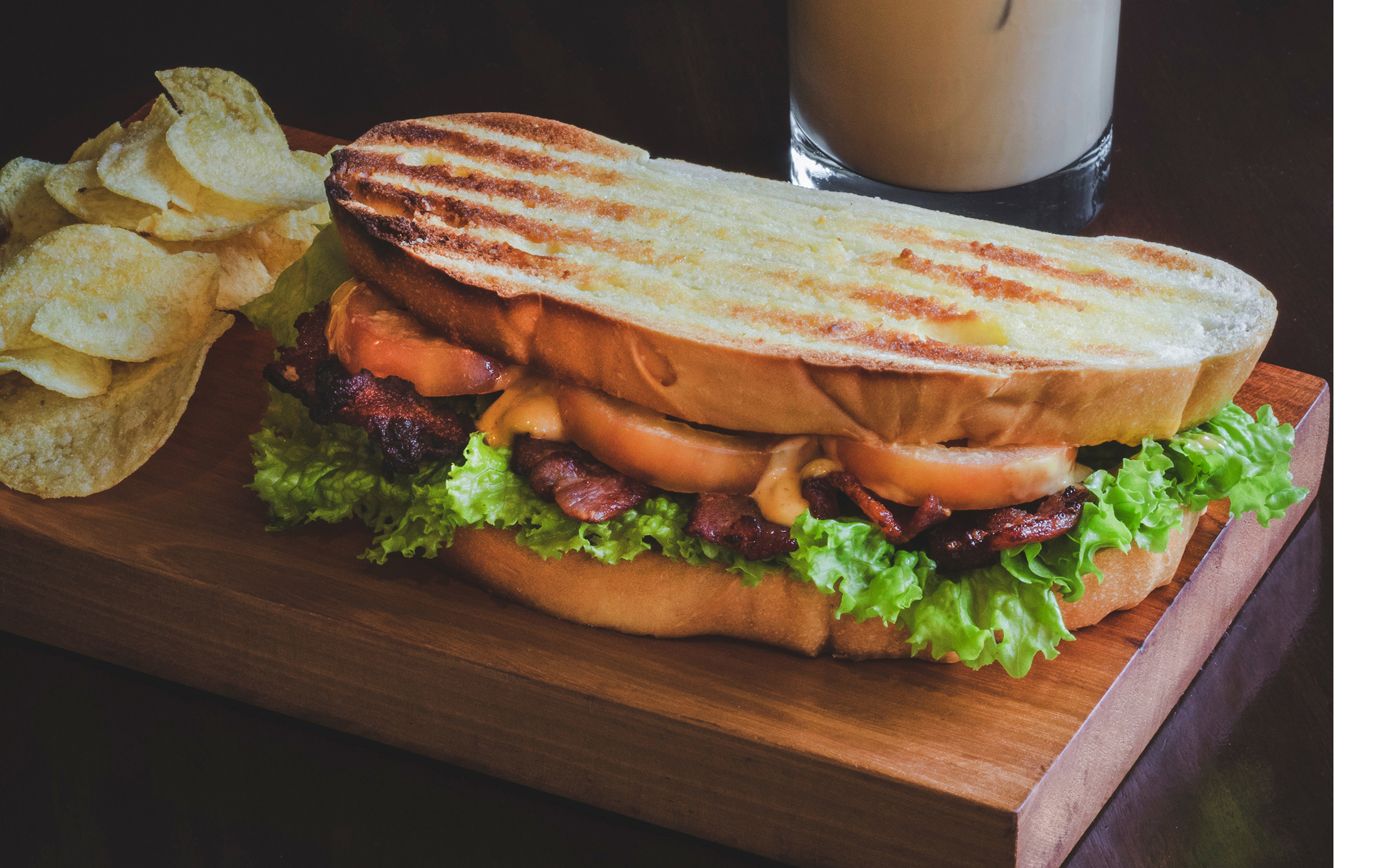
Photo by Eiliv-Sonas Aceron on Unsplash
For each BLT, spread the mayo thickly (2mm-ish) all over two slices of warm, lightly toasted sourdough and then begin building your classic as fast as you can.
A layer of the roundly sliced lettuce now gets laid right across one mayo-covered slice of toast. This way, the mayo helps to hold the lettuce in place.
Next, lay on four rashers of back bacon and then a covering layer of thinly sliced tomato seasoned with a pinch of salt and black pepper. Now top the tomato layer with four rashers of streaky.
Finish with another layer of lettuce over the streaky and pop on the crowning slice of mayo-covered toast.
Press down firmly on the top slice, and, whilst keeping the stack compressed, halve the whole sandwich with a sharp bread knife. Done! Serve.
Good idea to have some napkins handy…
And the lemon juice? Personal tastes dictate this one, but I favour a little squeeze over the tomatoes before seasoning with s ‘n p.
Is the rightly-famous BLT really British? You betcha. A 2013 survey by the British Sandwich Association ranked the BLT as the UK’s favourite. Commenting on the survey, association director, Jim Winship, said: “The origins of the BLT are not really clear, but it would appear to date back to the 1900s when a bacon, lettuce and tomato sandwich was a popular teatime snack.”
The BLT began in Britain, at teatime and was popularised in the years between 1900 and 1909.
Accompanying drinks? The Black Velvet

No, that’s not Black Velvet, obviously; it’s a pint of the Irish black stuff. The Guinness needs to settle before you make the Black Velvet. Image by engin akyurt from Pixabay
That’s equal parts of very chilled Champagne and Guinness served in cold champagne flutes. It’s a regally elegant cocktail conceived during the Mourning After a Prince’s Death.
HRH Prince Albert died aged just 42 in December 1861. Shortly afterwards, Queen Victoria announced that for at least two years she would signal her devotion to her late husband by wearing the severest form of black during the period then known as “First Mourning”.
She continued to wear memorial black until her death almost 40 years later.
For several months after the prince died, the British public also mourned with a mania, either dressing in black or wearing black arm and hat bands. Not until the death of Princess Diana was there to be such a widespread display of public British grief.
Victorian custom stipulated that for “first mourning” black alone was worn for at least a year and could then be replaced with a respectful display of dark mauve or sombre purple armbands.
At Brooks’s Club in London – founded about a hundred years before Albert’s death and eminently exclusive to say the least – the displays of mourning extended to the bar, leading to the creation of the Black Velvet.
When fully settled Guinness is carefully poured onto Champagne, the heavier beer sinks to the bottom of the glass and almost separates itself from the lighter champagne. The “almost” creates a middle layer of ruby-ish purple, symbolising those respectful armbands.
The layered effect is best achieved if the Guinness is first poured into a jug and allowed to sit for a few minutes. Once it’s calmed right down it can be “floated” into the half champagne-filled flute over the back of a teaspoon.
The purplish, interleaving band is created because Guinness is not in fact black but rather a densely-dark ruby red.
Champagne? Any number of fine, great value, crisply dry, creamily-yellow SA sparklers will be just fine. DM

